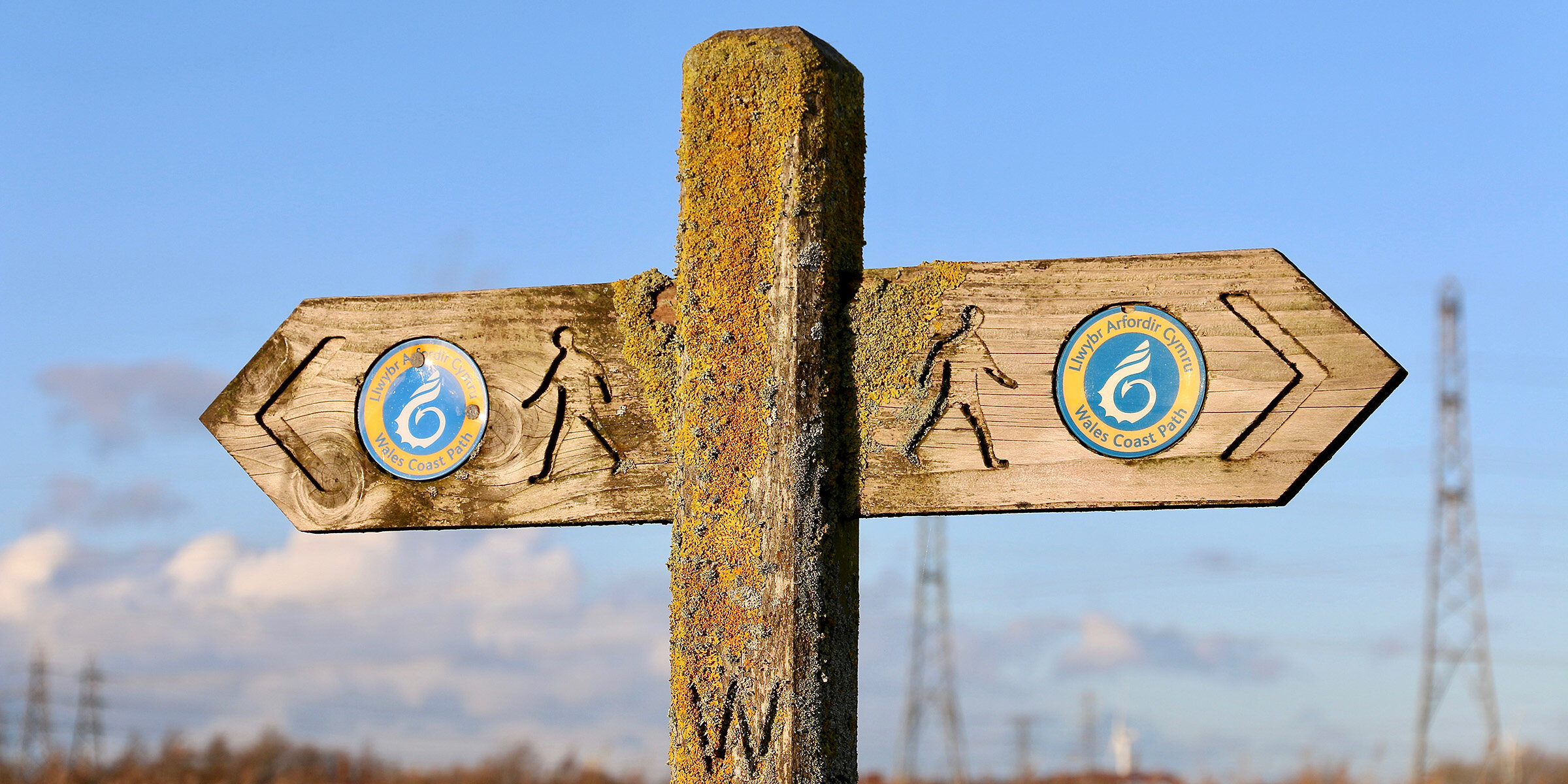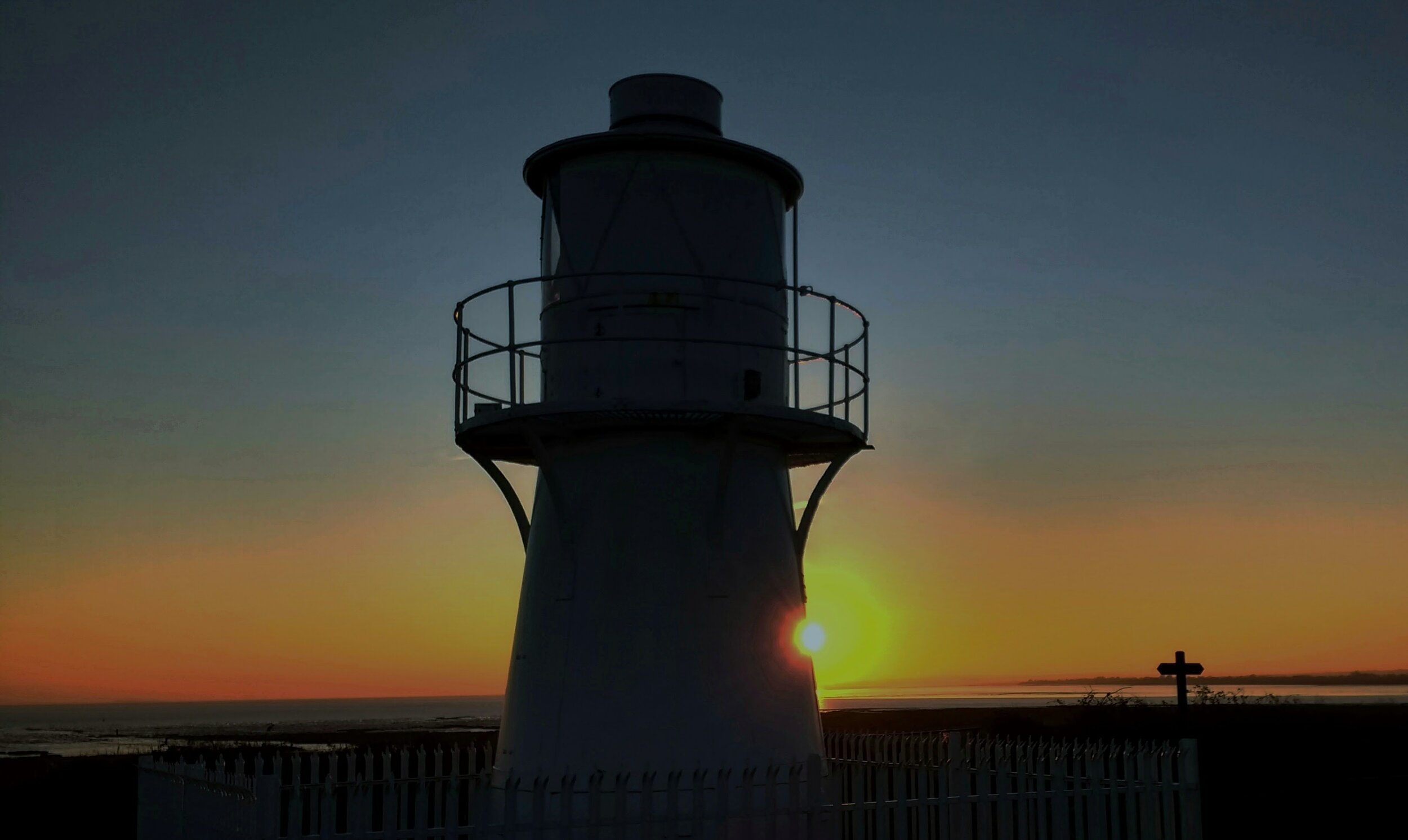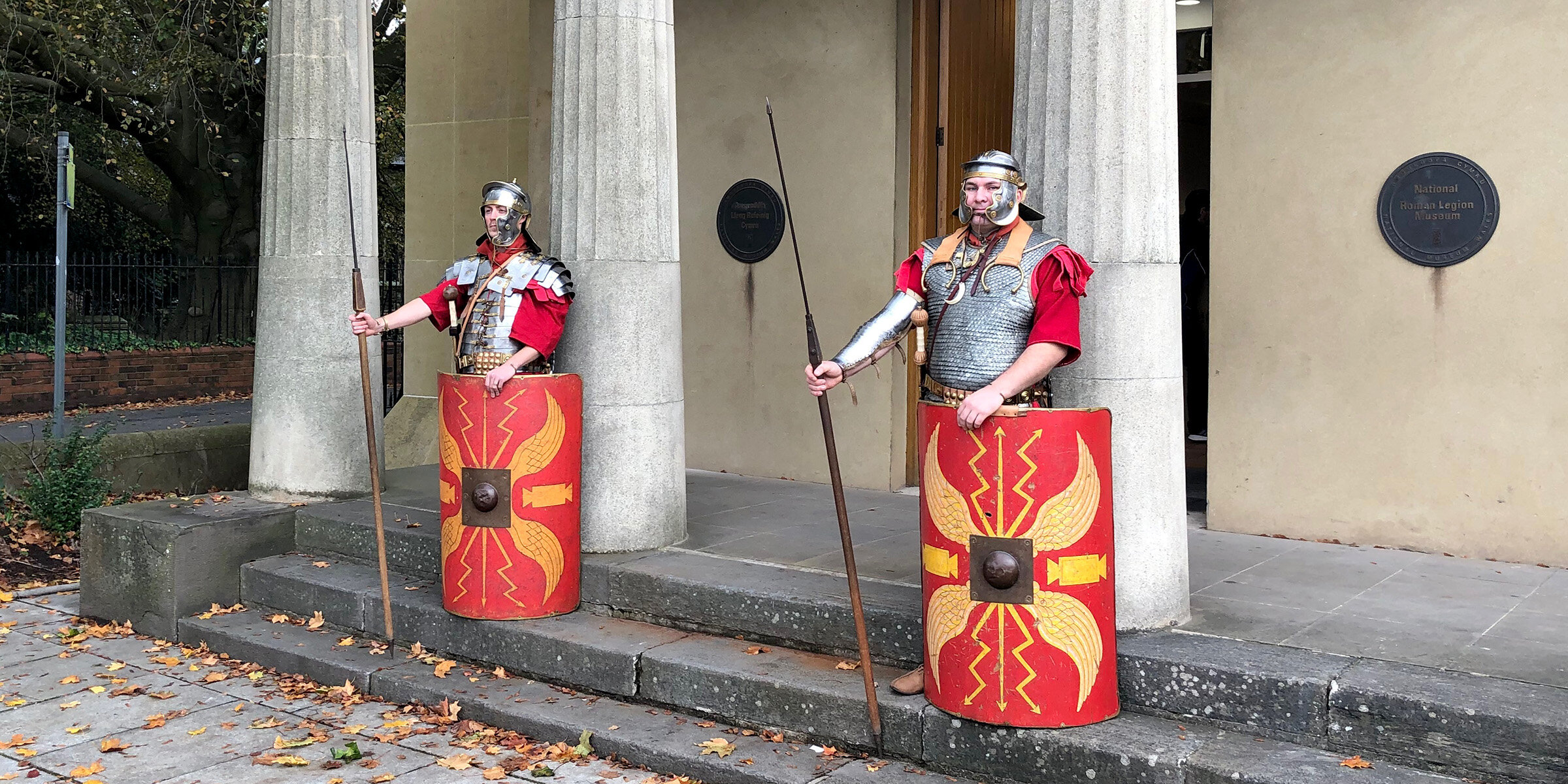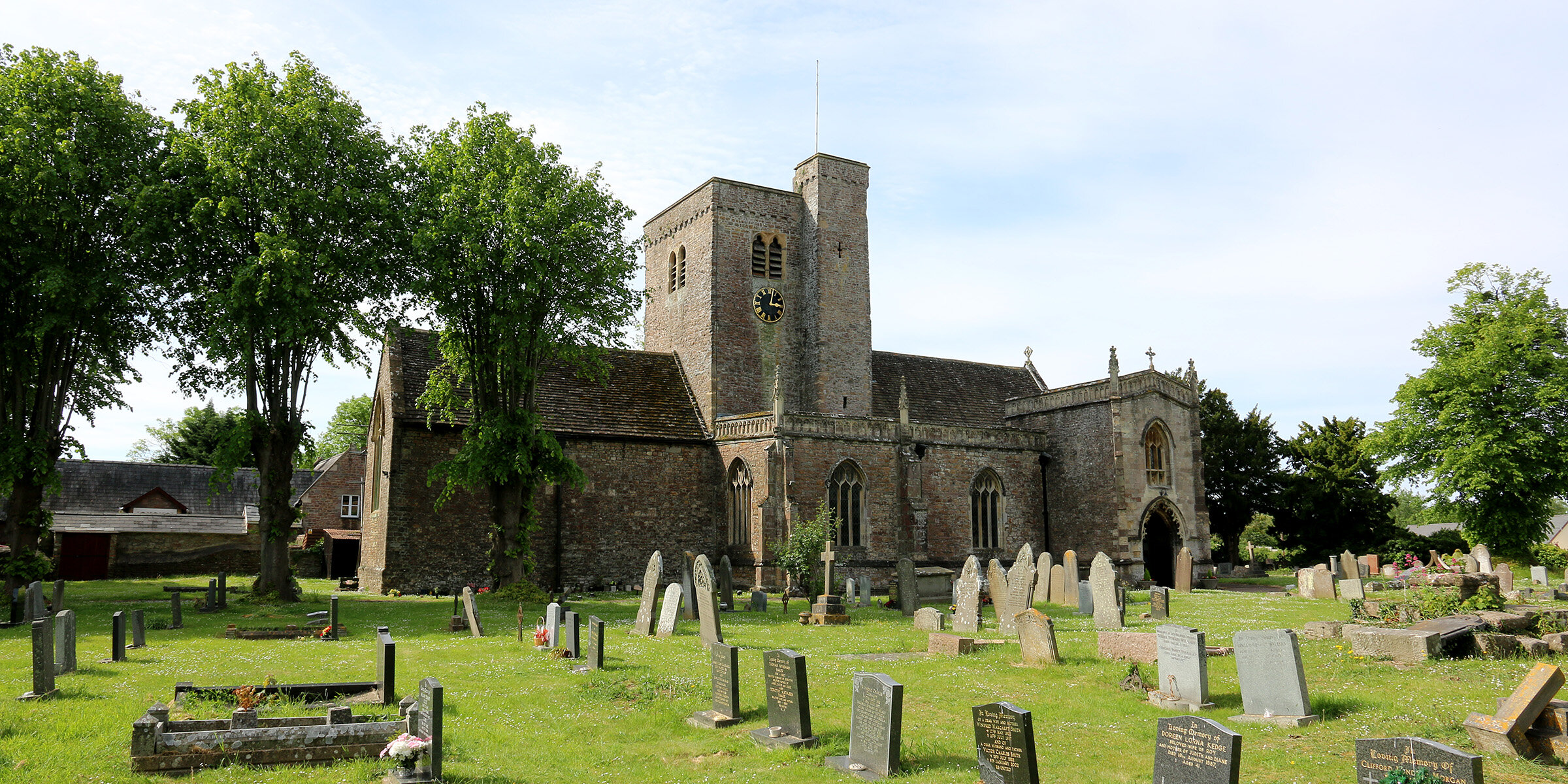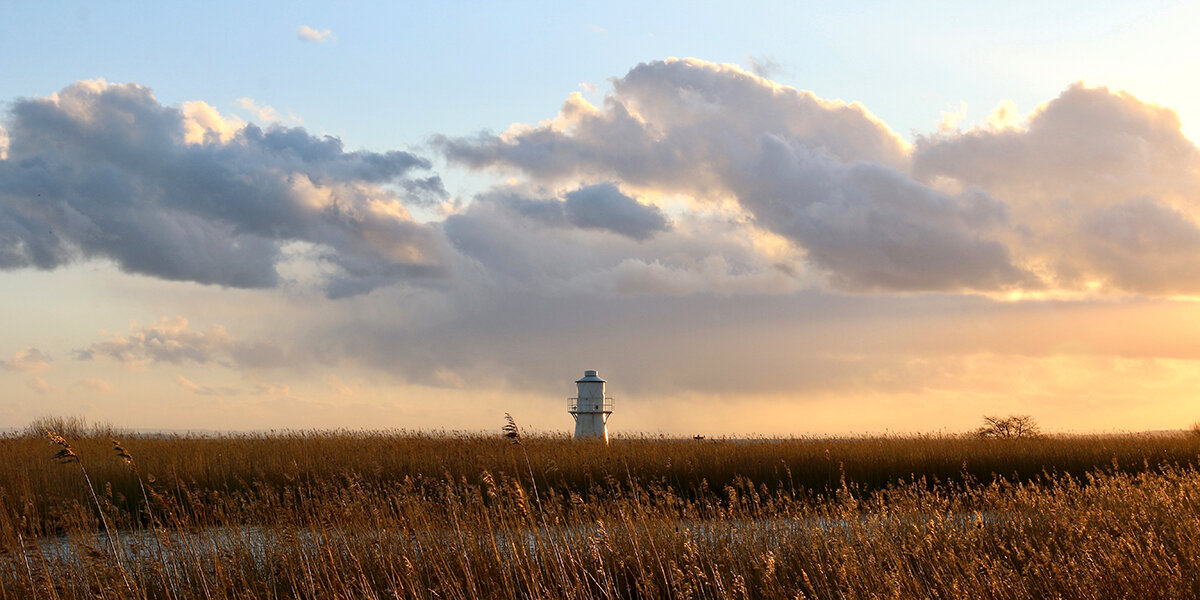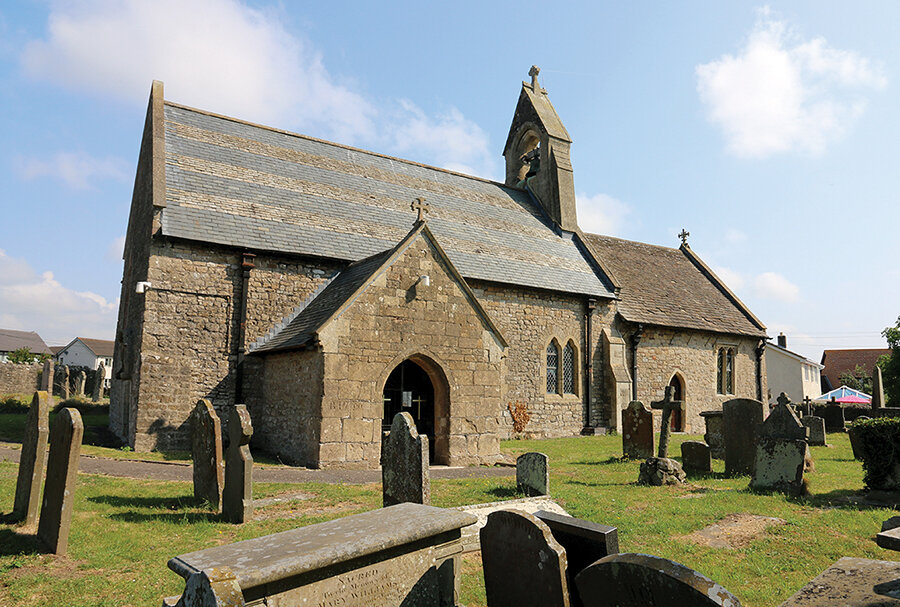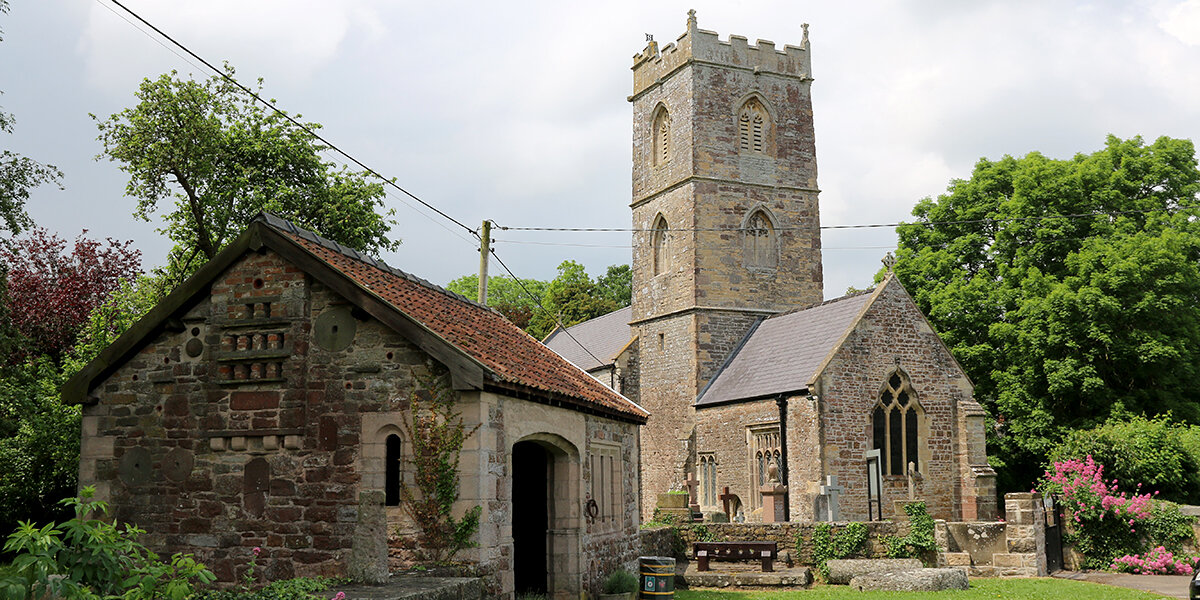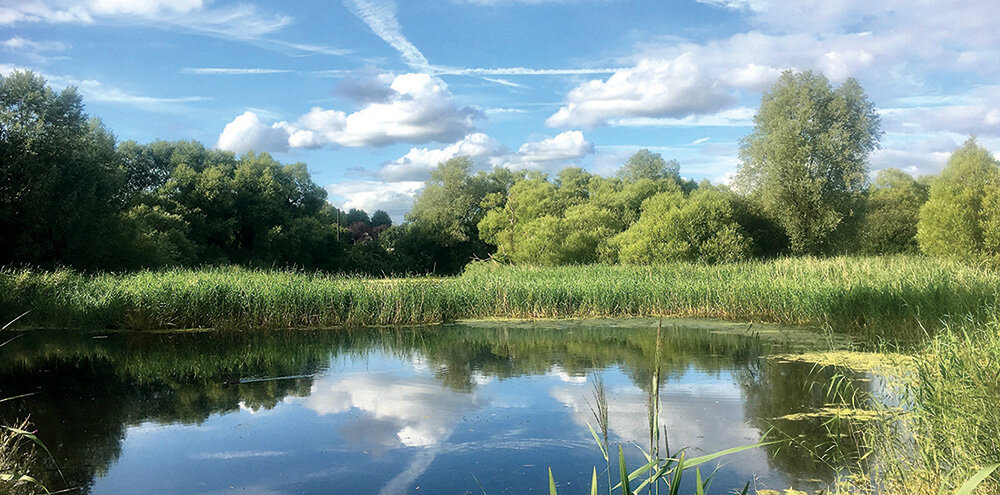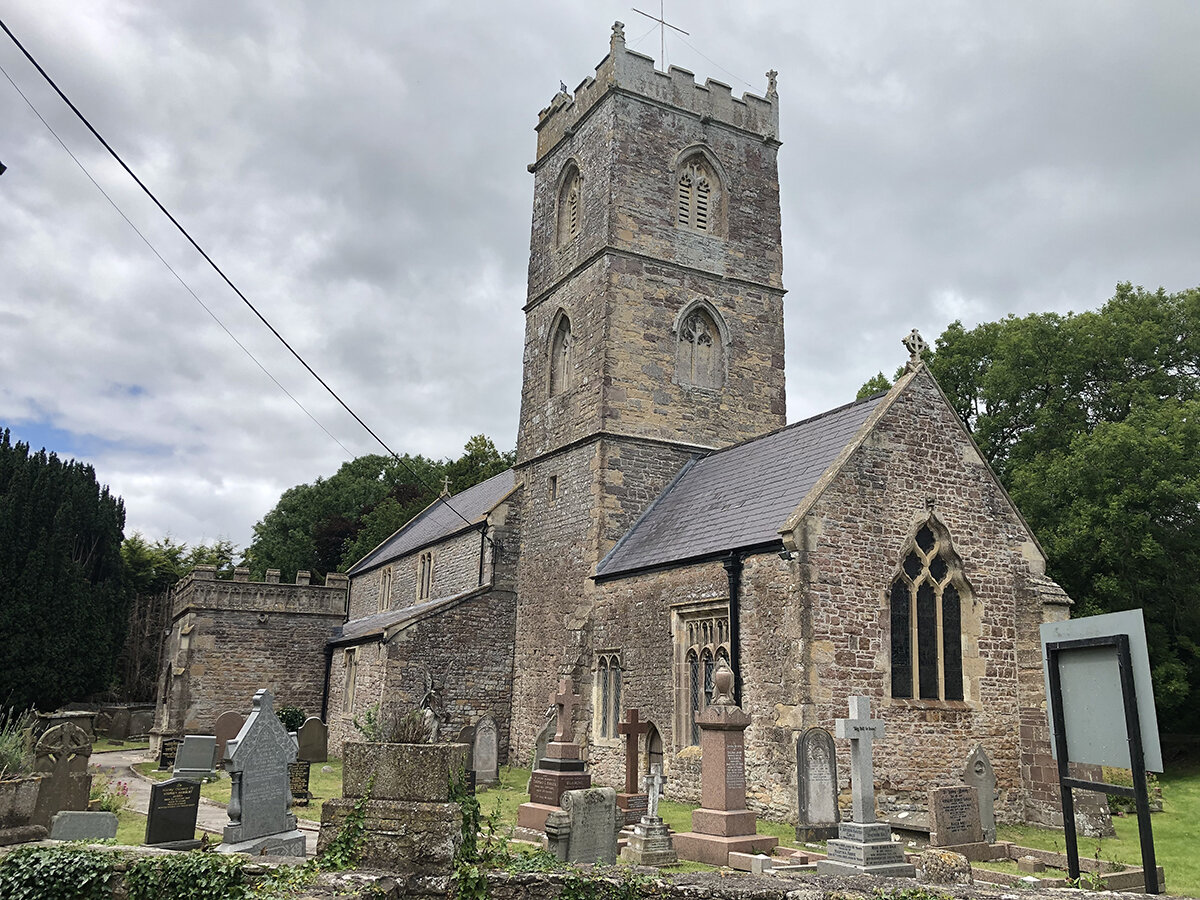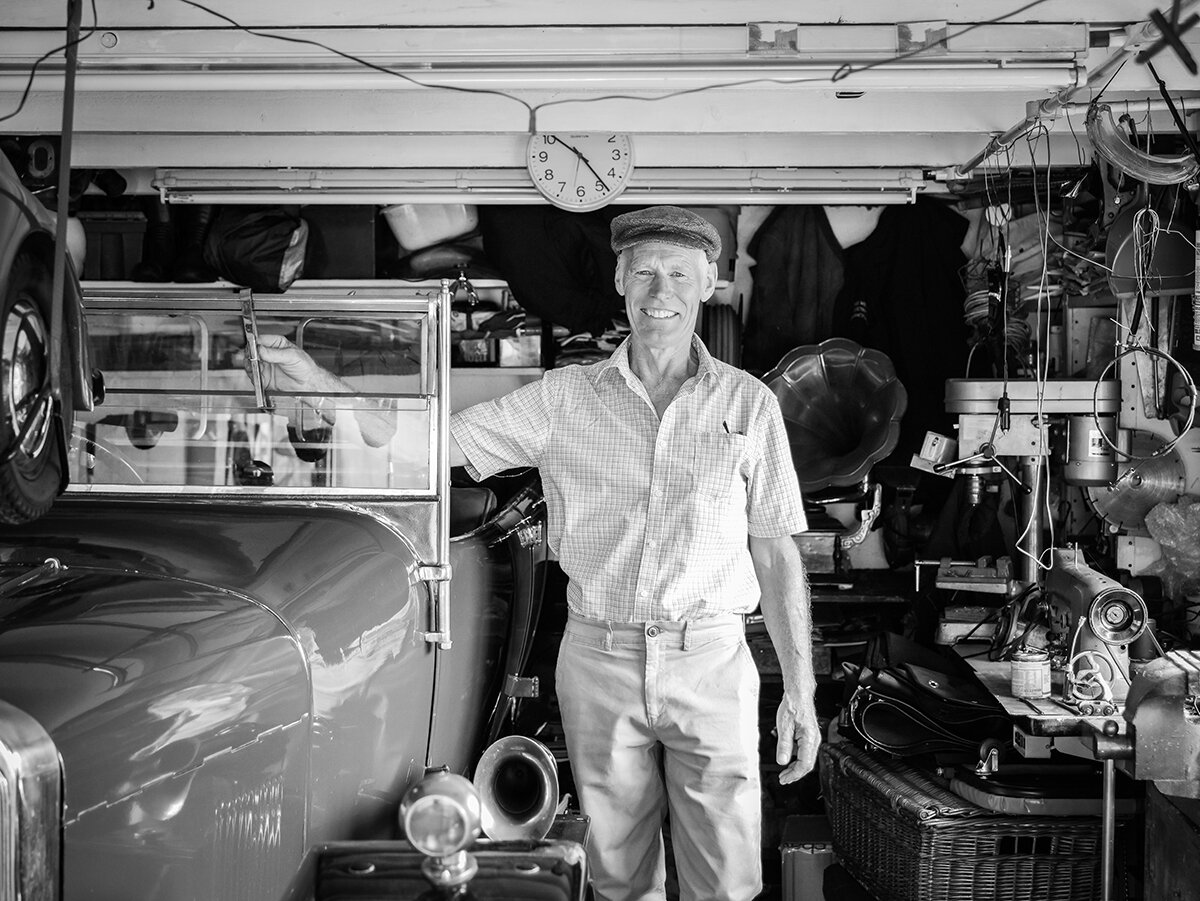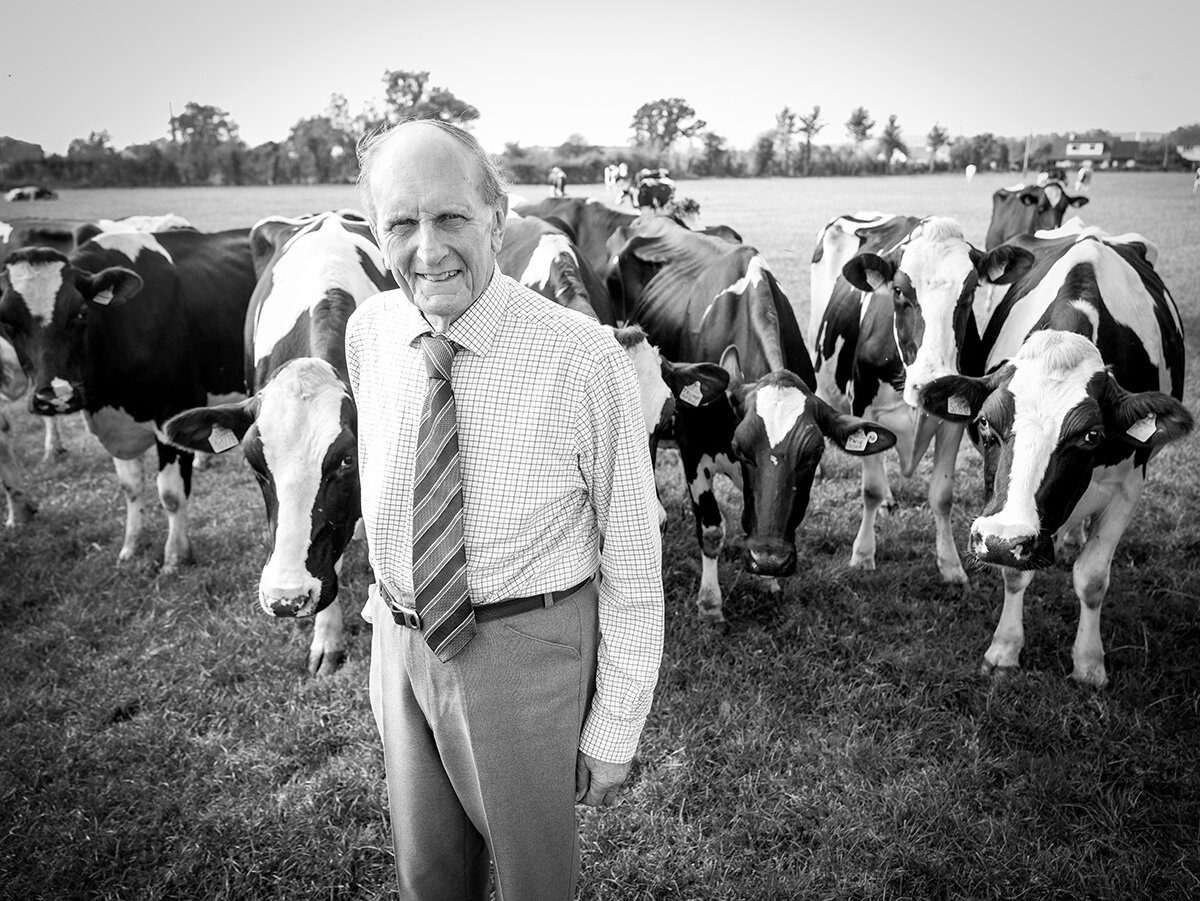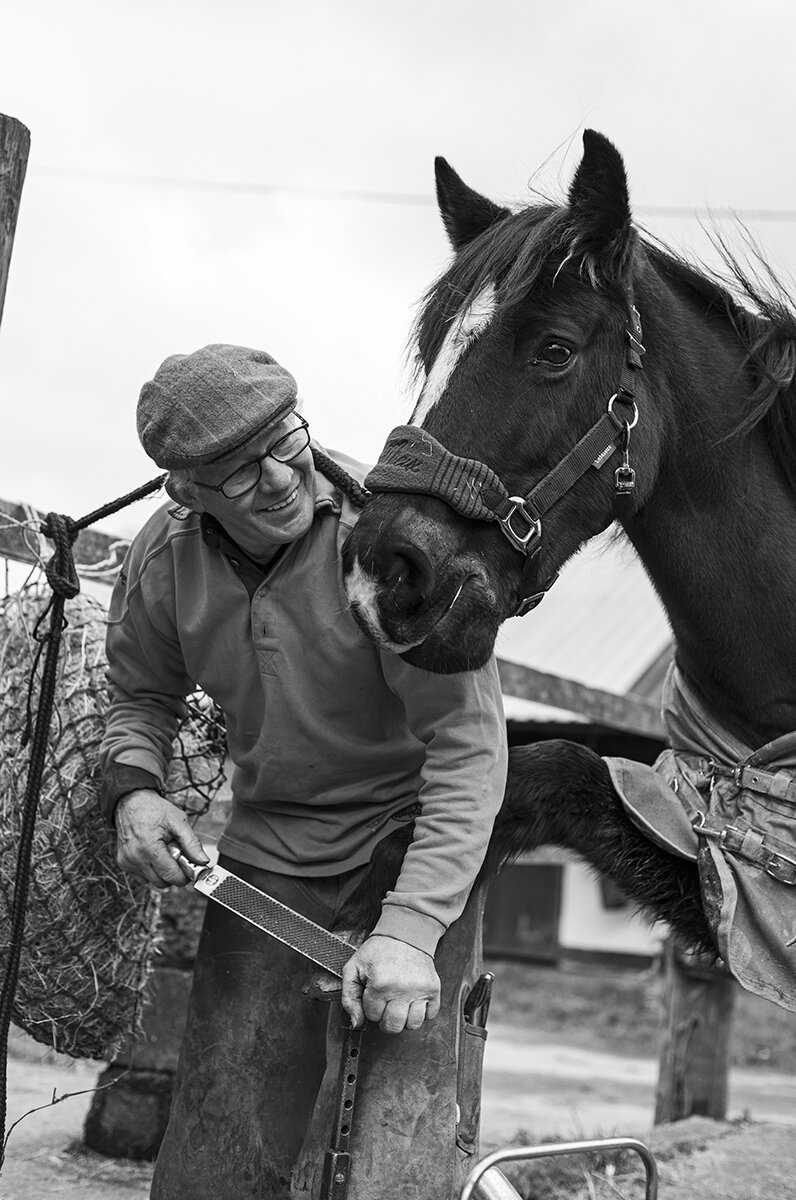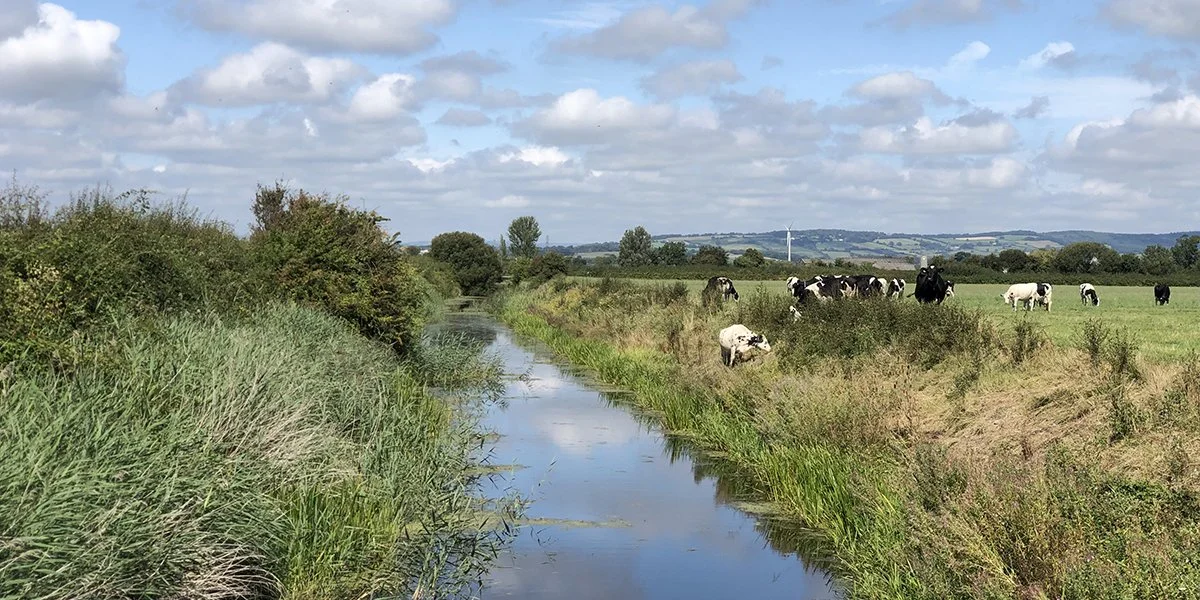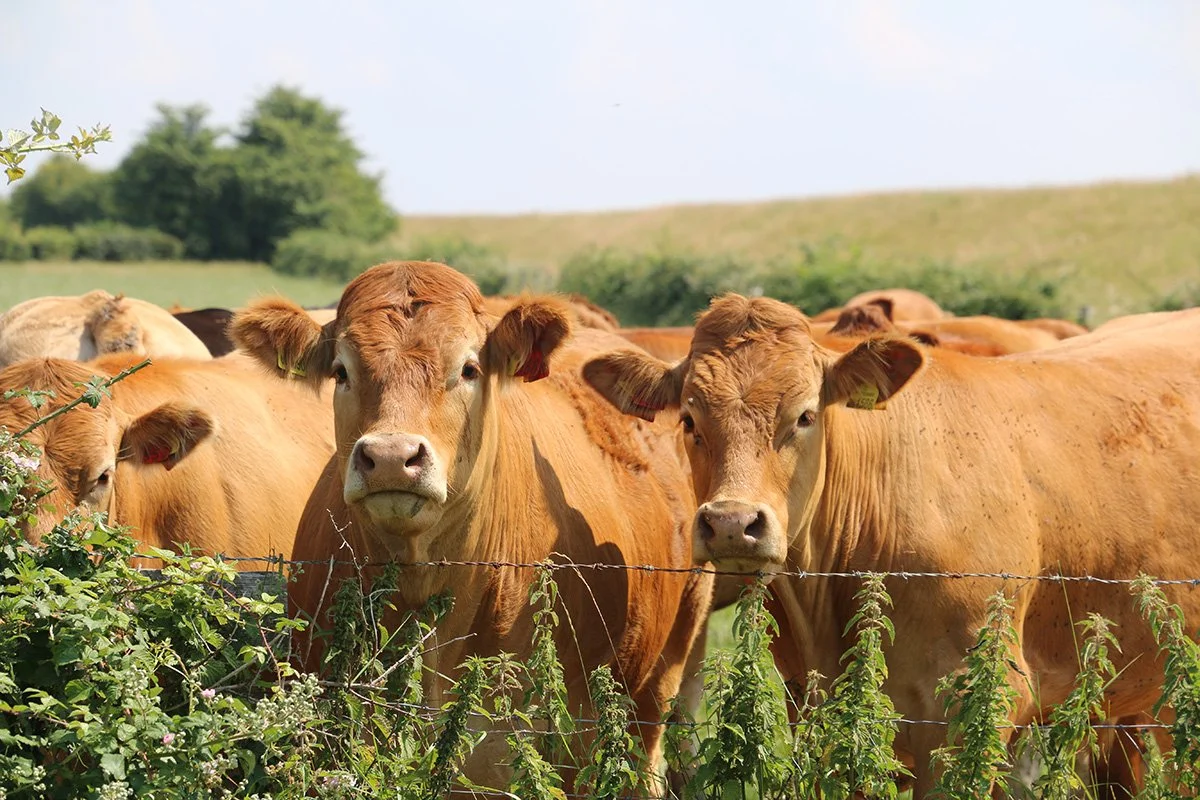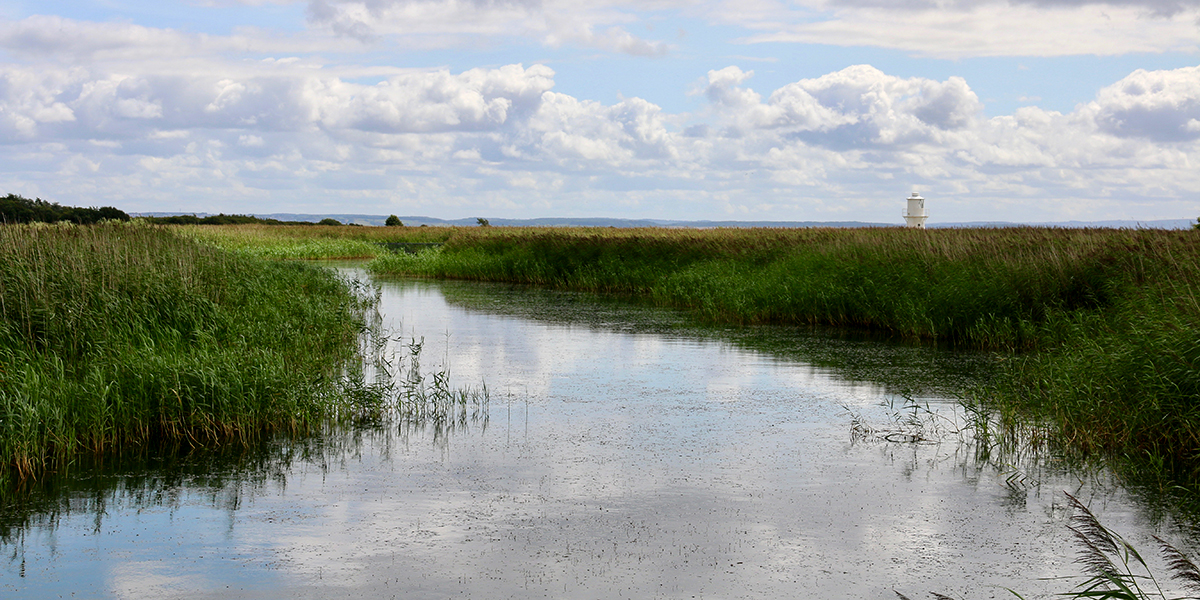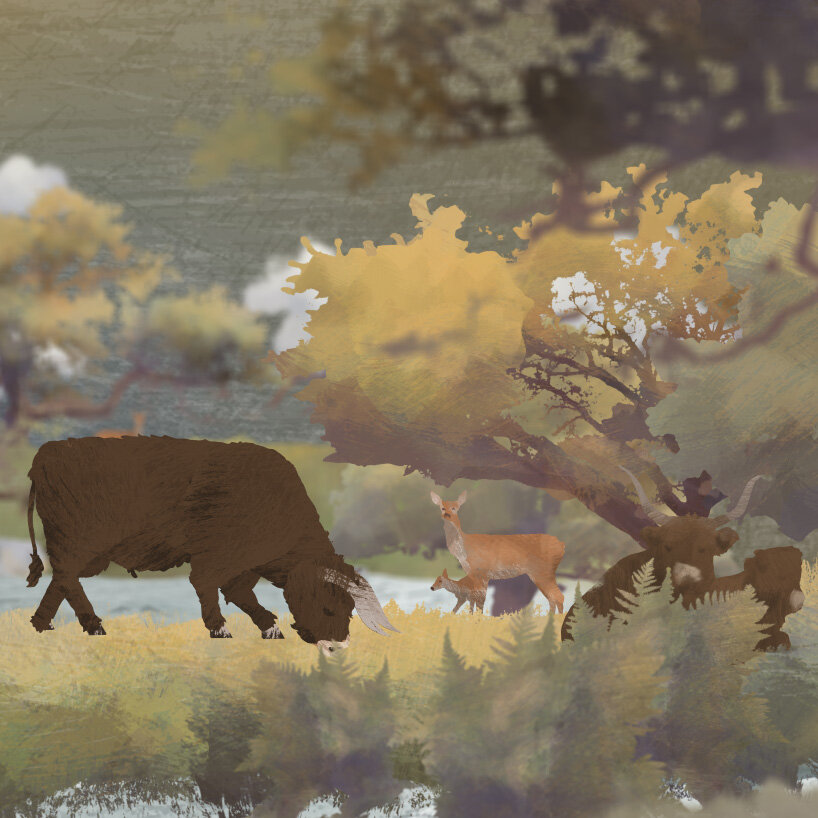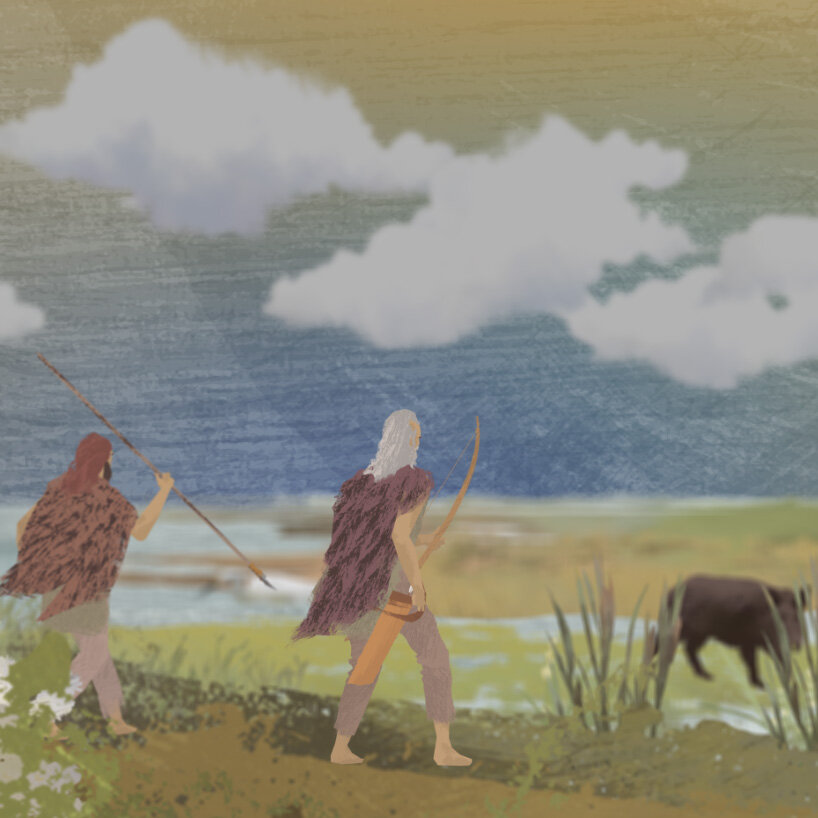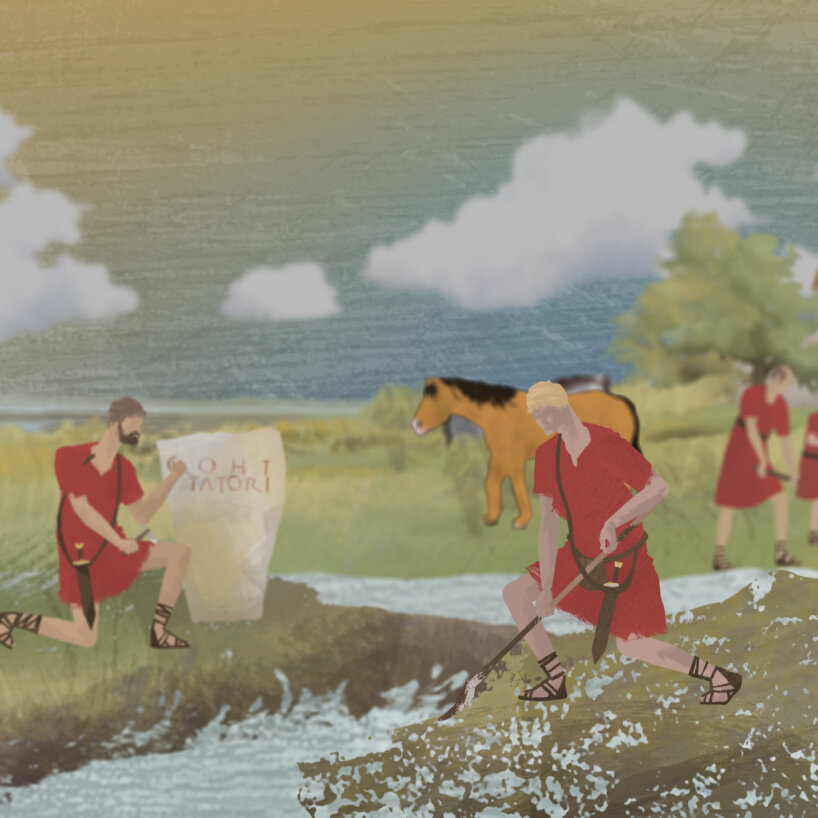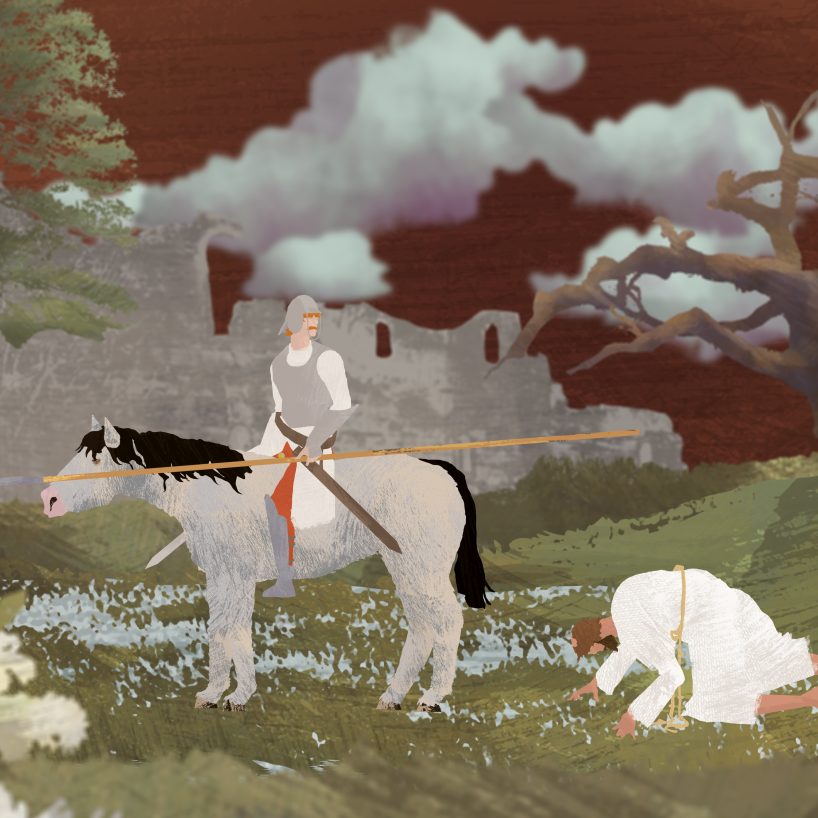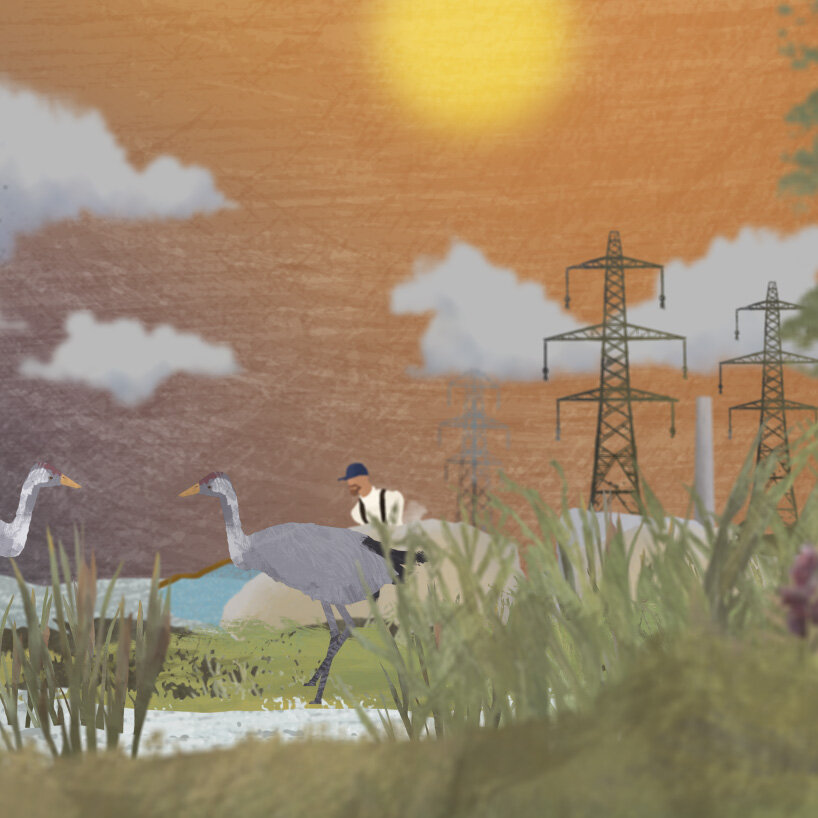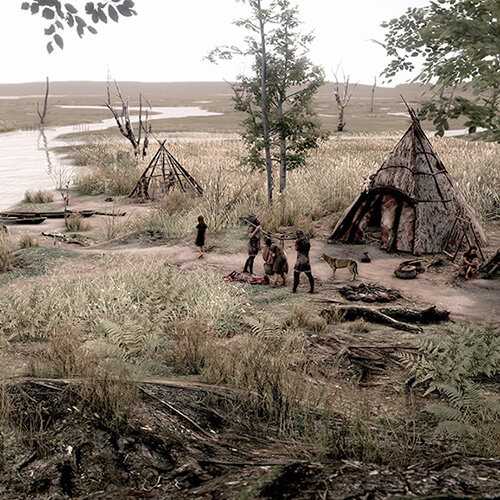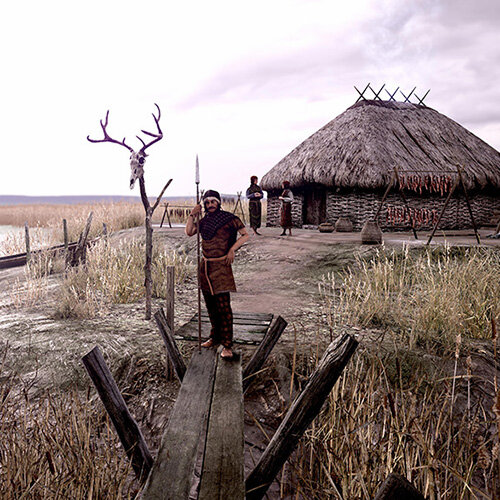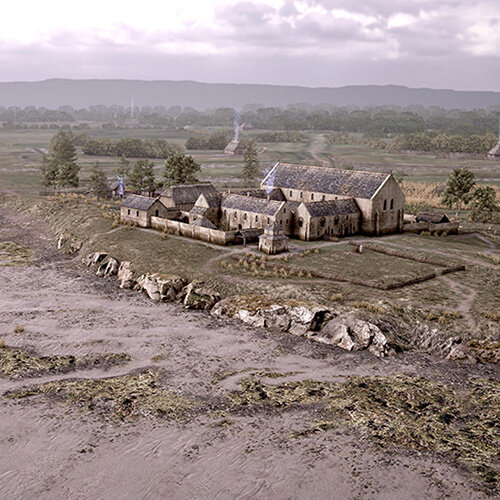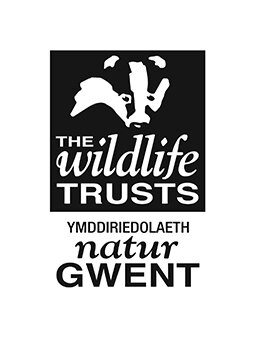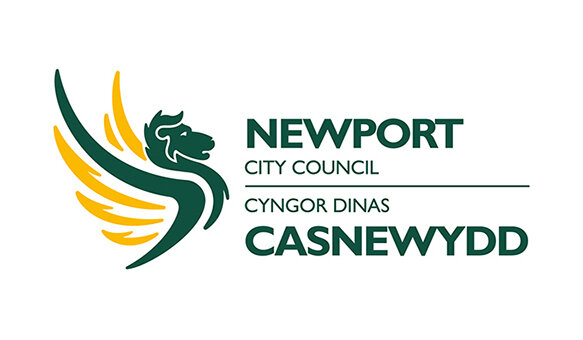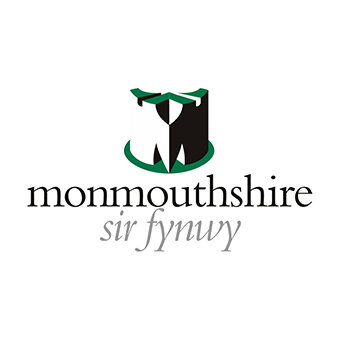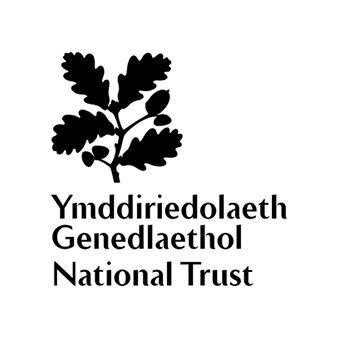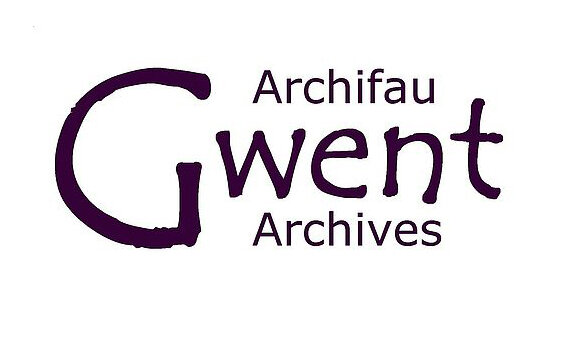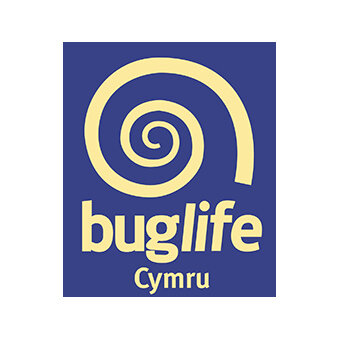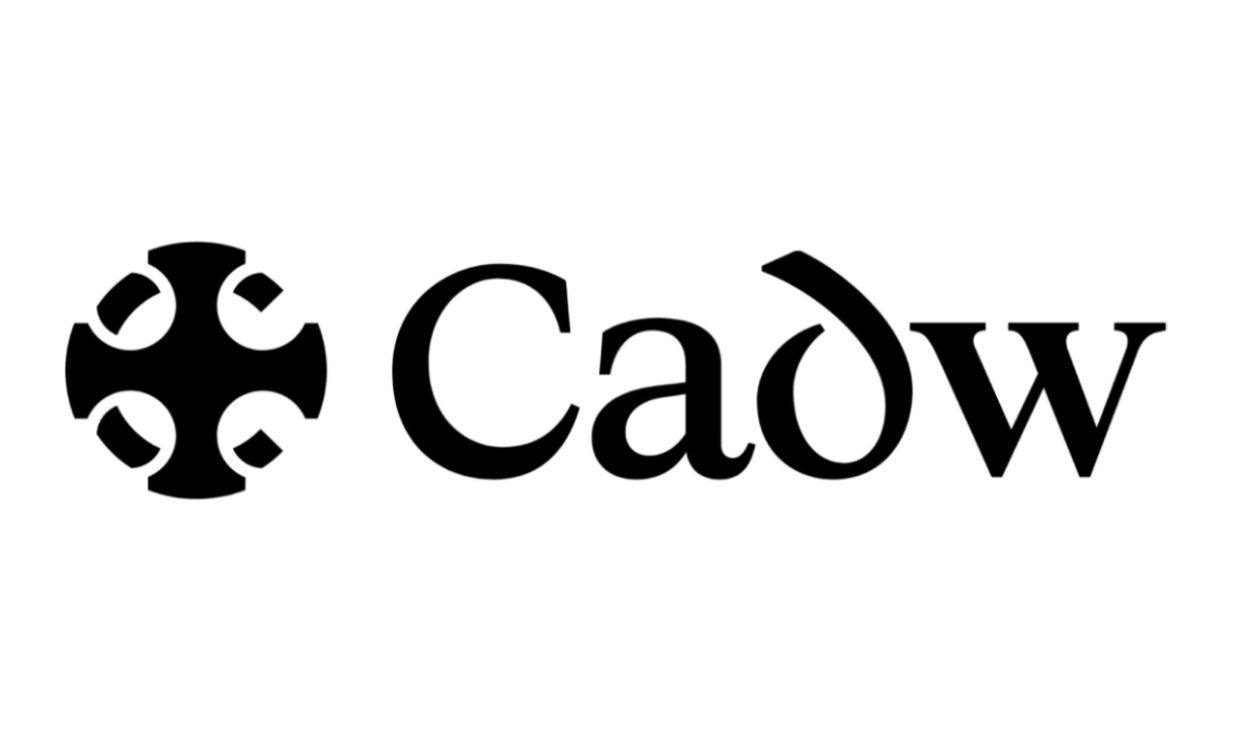Recapturing, enhancing and celebrating The Gwent Levels
Welcome to the Gwent Levels…
…an extraordinary landscape sandwiched between the hills of south Wales and the silt-laden waters of the Severn Estuary.
Reclaimed from the sea by the Romans, over the last two thousand years, generations of people have shaped the Levels to create a distinctive landscape with a deep, rich history and a wealth of wildlife.
The Living Levels Landscape Partnership aims to reconnect people and communities to the Gwent Levels and provide a sustainable future for this historic and unique area.
Explore our website to discover the Living Levels.
Online Talks
Recordings of online talks
People have been crossing the Severn Estuary for thousands of years. Until recently, it was a perilous thing to do.
After a long absence, Marsh Harriers are once again resident (and breeding) on the Gwent Levels.
Using the 1881 census and contemporary historical sources, the History RATS have produced a series of portraits of parishes on the Levels in the late 19th century.
History RATS Glyn Parkhouse recounts the story of the coming of the railway to the Gwent Levels.
History RATS Marjorie Neal recounts the history of Caerphilly cheese making on the Wentlooge Levels.
Tony Hopkins, former county archivist at Gwent Archives and one of our History RATS, considers the effects of Henry VIII’s policies on Monmouthshire and the Gwent Levels.
Local farmer and member of the History RATS, David Waters, whose family have lived on the Levels since the 1600s, shares his memories of living and working alongside Monk’s Ditch.
History RAT, Tony Pickup, tells the story of the struggle to maintain the sea wall protecting the Levels during the 19th Century and the historic piece of legislation that solved the problem.
The Wales Coast Path is a long distance footpath that begins (or ends) in Chepstow and follows the coast of Wales for 870 miles (1400km) to Queensferry in Flintshire.
The year 2021 marks the one hundred and twenty-fifth anniversary of the tragic death of fourteen-year-old Louisa Maud Evans.
Step back in time at the National Roman Legion Museum and explore life in a far-flung outpost of the mighty Roman Empire.
Parc Tredelerch (Tredelerch Park) is an area of parkland next to the Rhymney River on the east side of Cardiff.
Churches have been at the heart of life on the Levels for much of the last thousand years.
In 2002, during construction of the Newport Riverfront Arts Centre on the west bank of the River Usk, the remains of a 15th century ship were discovered.
Walking the Levels
Explore the Gwent Levels along a network of footpaths, bridleways, and green lanes, including a section of the Wales Coast Path, and discover the areas incredible landscape, wildlife and history.
Life on the Levels
Life on the Levels celebrates the cultural heritage of this unique landscape by recording the stories of people who have lived, worked and played on the Levels.
Newport City Council are seeking nominations from members of the public for membership of the Newport City Local Access Forum.
An introduction to nature finance and well-being economics – free webinar.
A beginners’ guide to Wales’ new farm support scheme.
Cardiff University’s School of Earth and Environmental Sciences are investigating soil organic carbon dynamics in saltmarshes.
Help Living Levels gain a deeper understanding of the needs and experiences of those visiting the Gwent Levels by answering our 10-minute survey!
Living Levels is pleased to be a local partner in a major new research project that explores how to achieve net zero in ways that are fair to livestock farmers, called JUSTLANZ.
Happy birthday, Newport Wetlands. What was once an industrial wasteland, is now a haven for wildlife and a symbol of nature’s resilience in the face of the nature and biodiversity emergencies.
Throughout November and December, Sam (Community Engagement Officer) and Josh (Natural Heritage Officer) have been working alongside the Severn Estuary Partnership to support FreshWater Watch.
Severn Estuary Partnership are looking for volunteers to help two citizen science initiatives happening across the Gwent Levels area.
The Monmouthshire 2030 dragonfly atlas project is looking for a volunteer to help complete the project.
Natural Resources Wales today released more welcome news about the status of bitterns and marsh harriers as Newport Wetlands.
Living Levels on Instagram






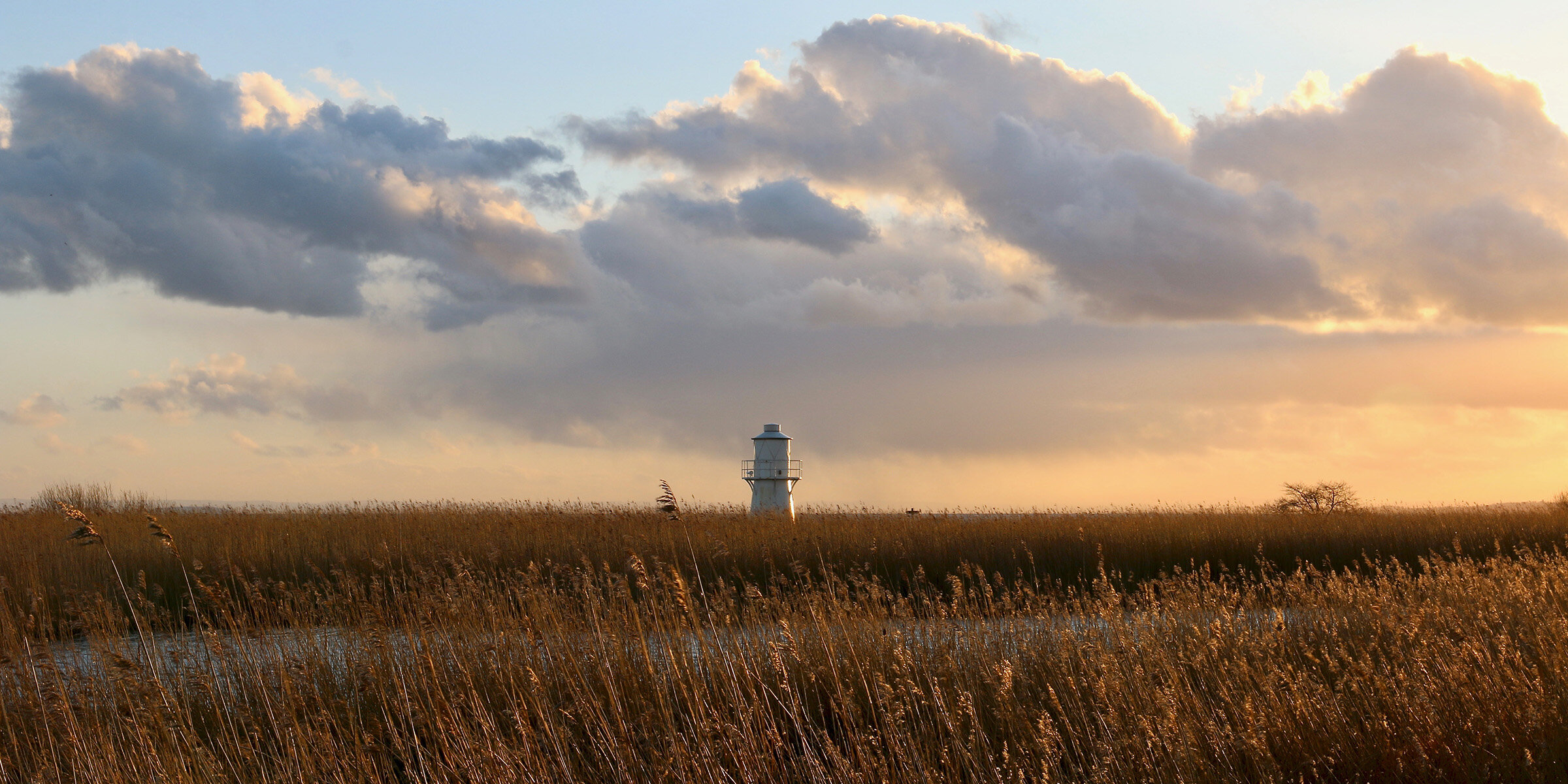

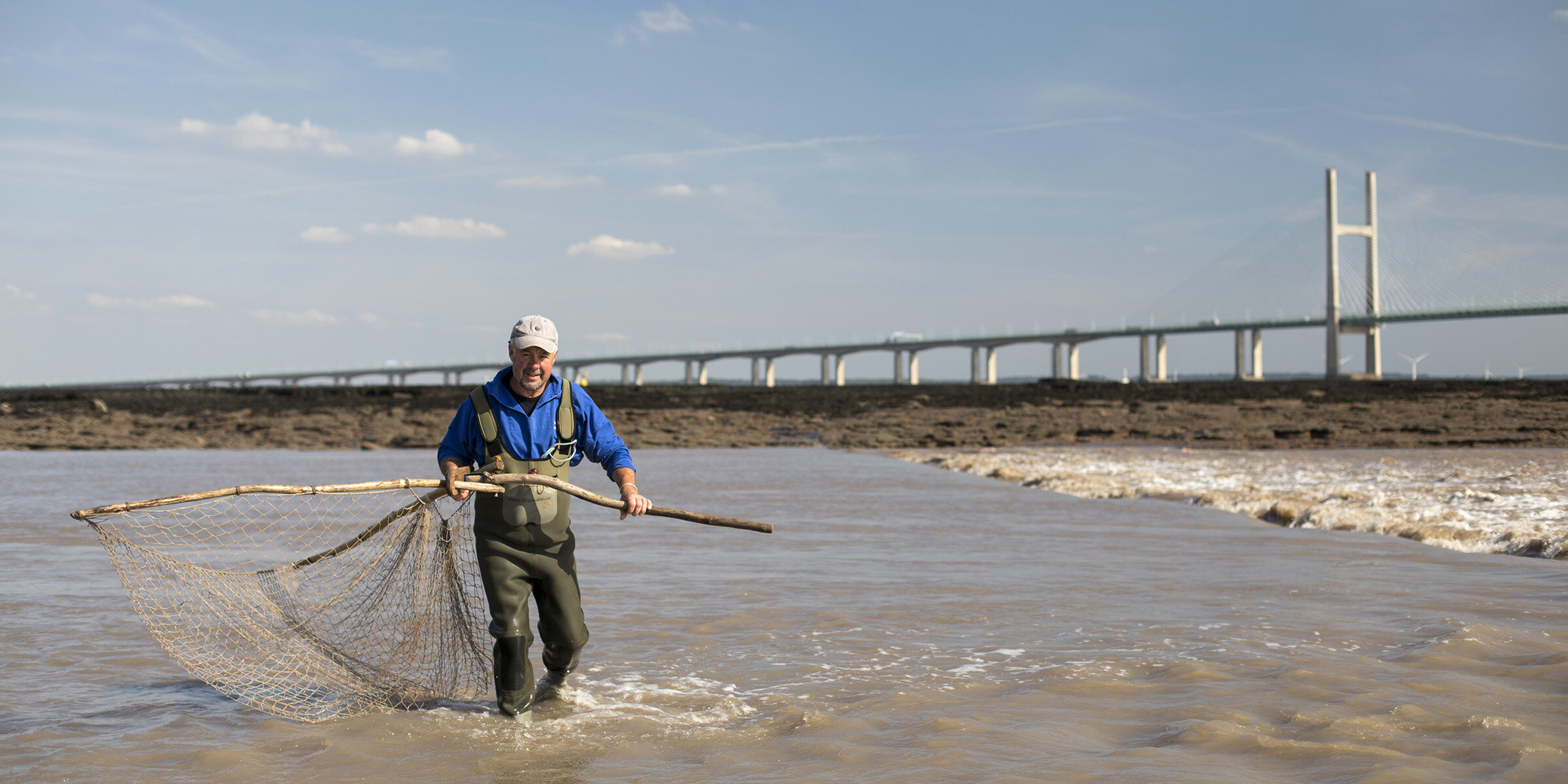

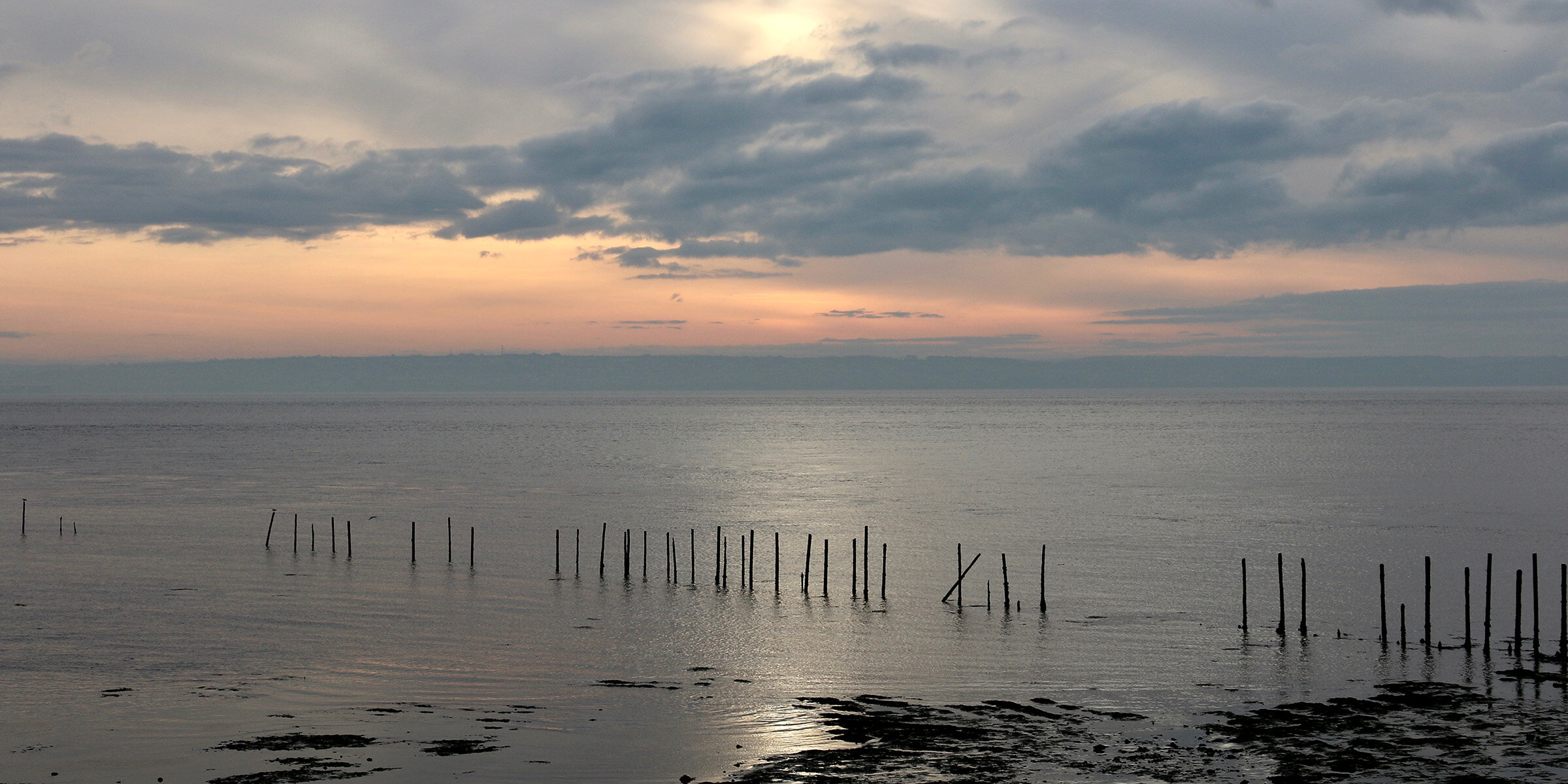


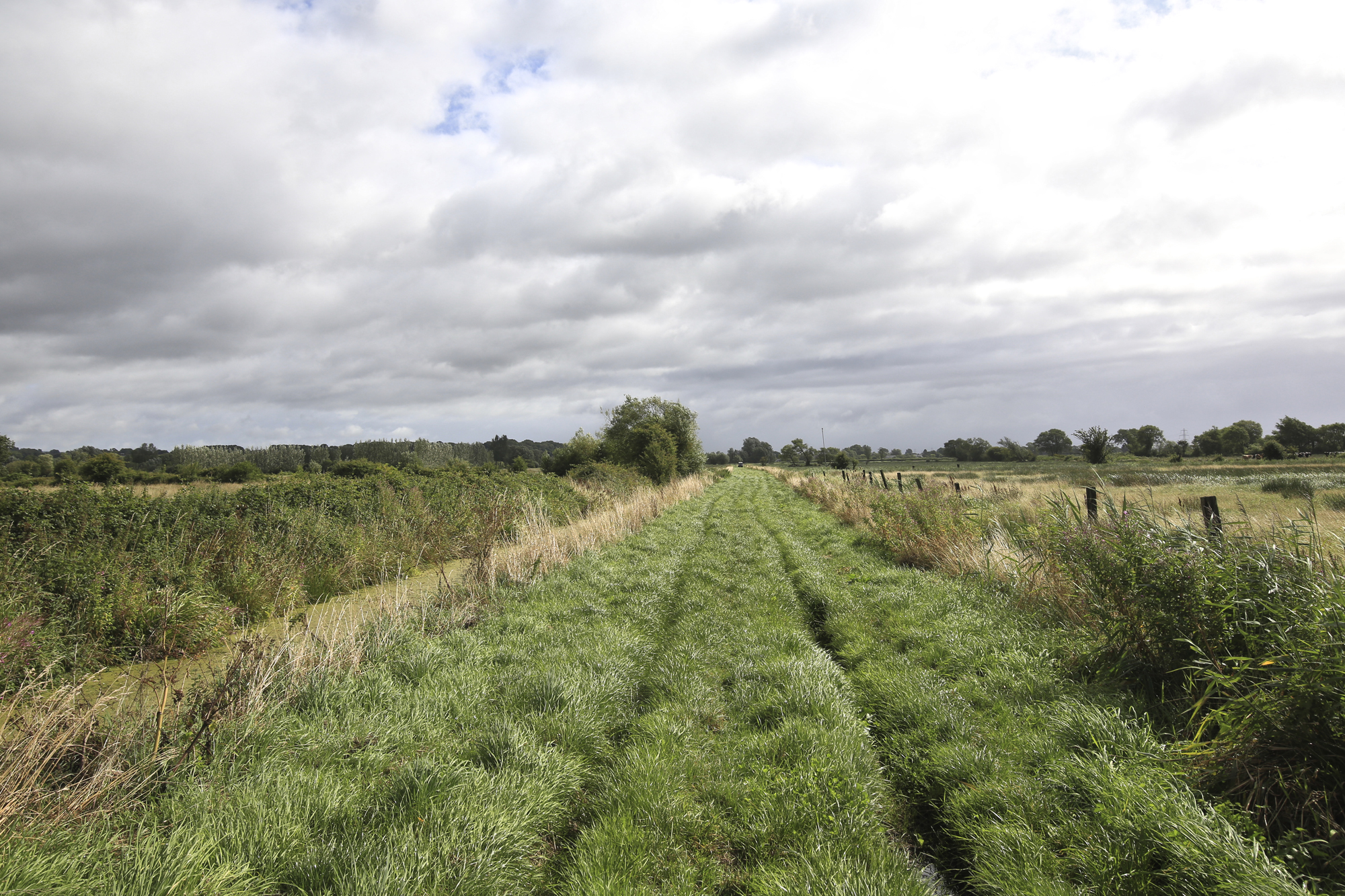
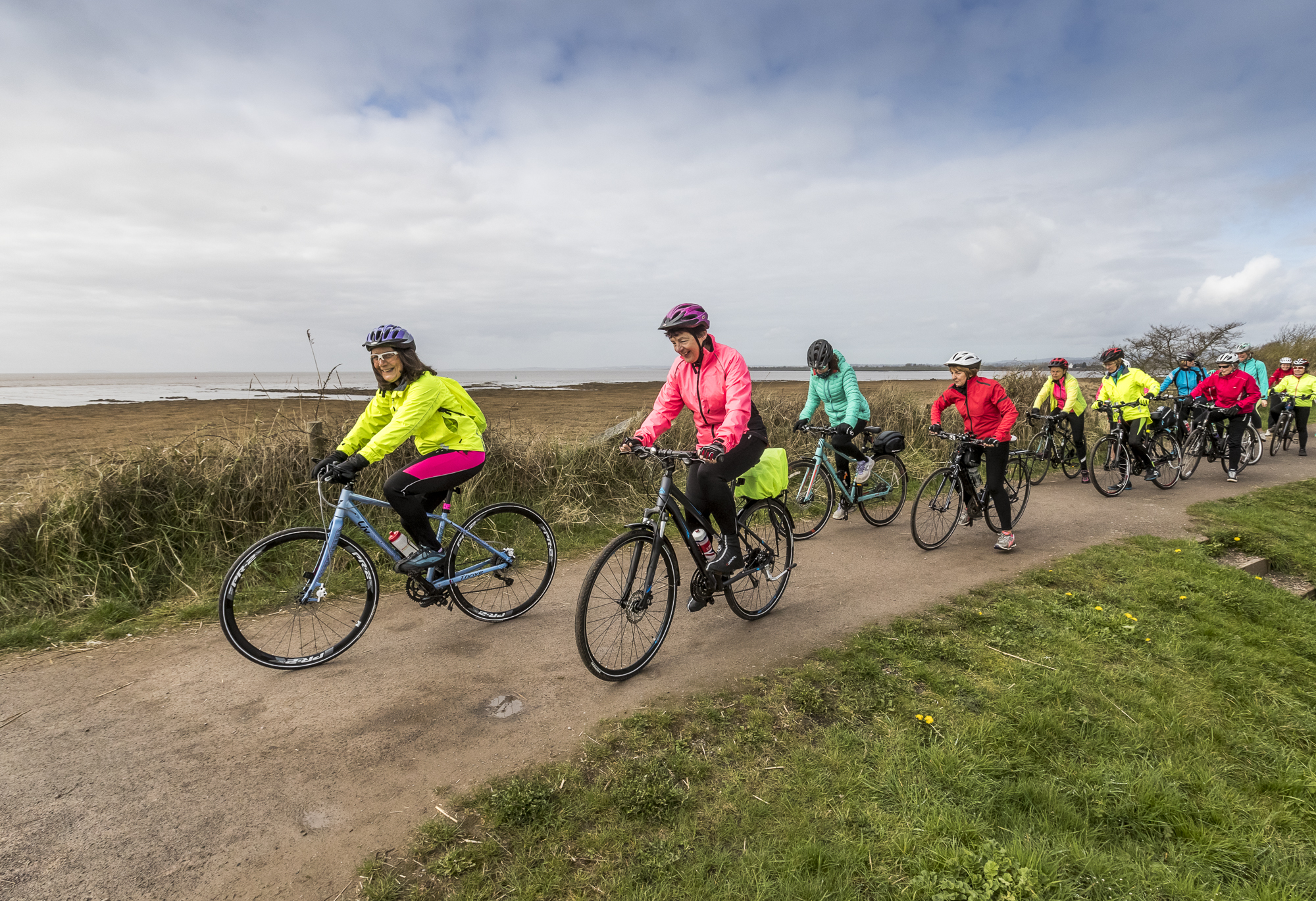
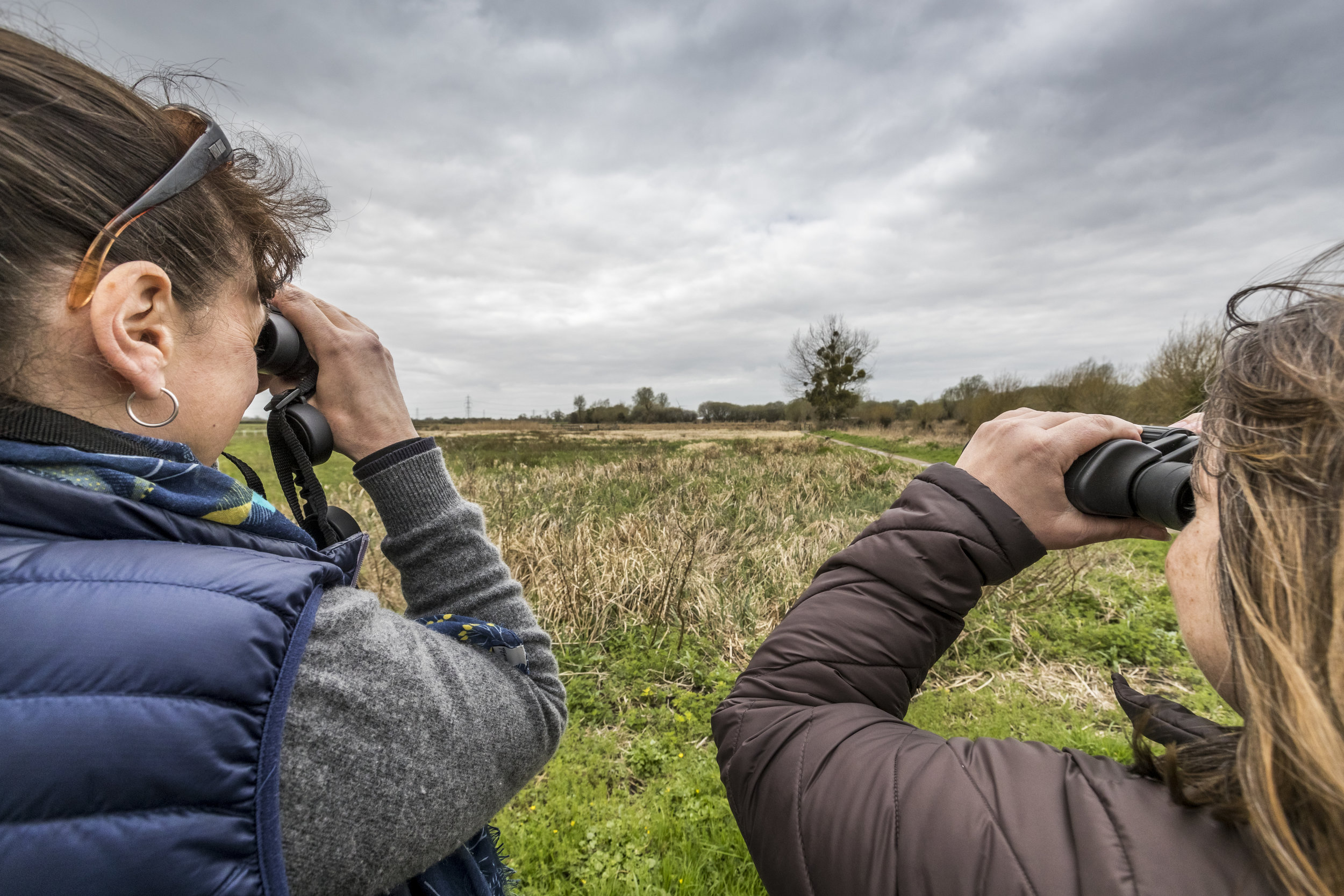
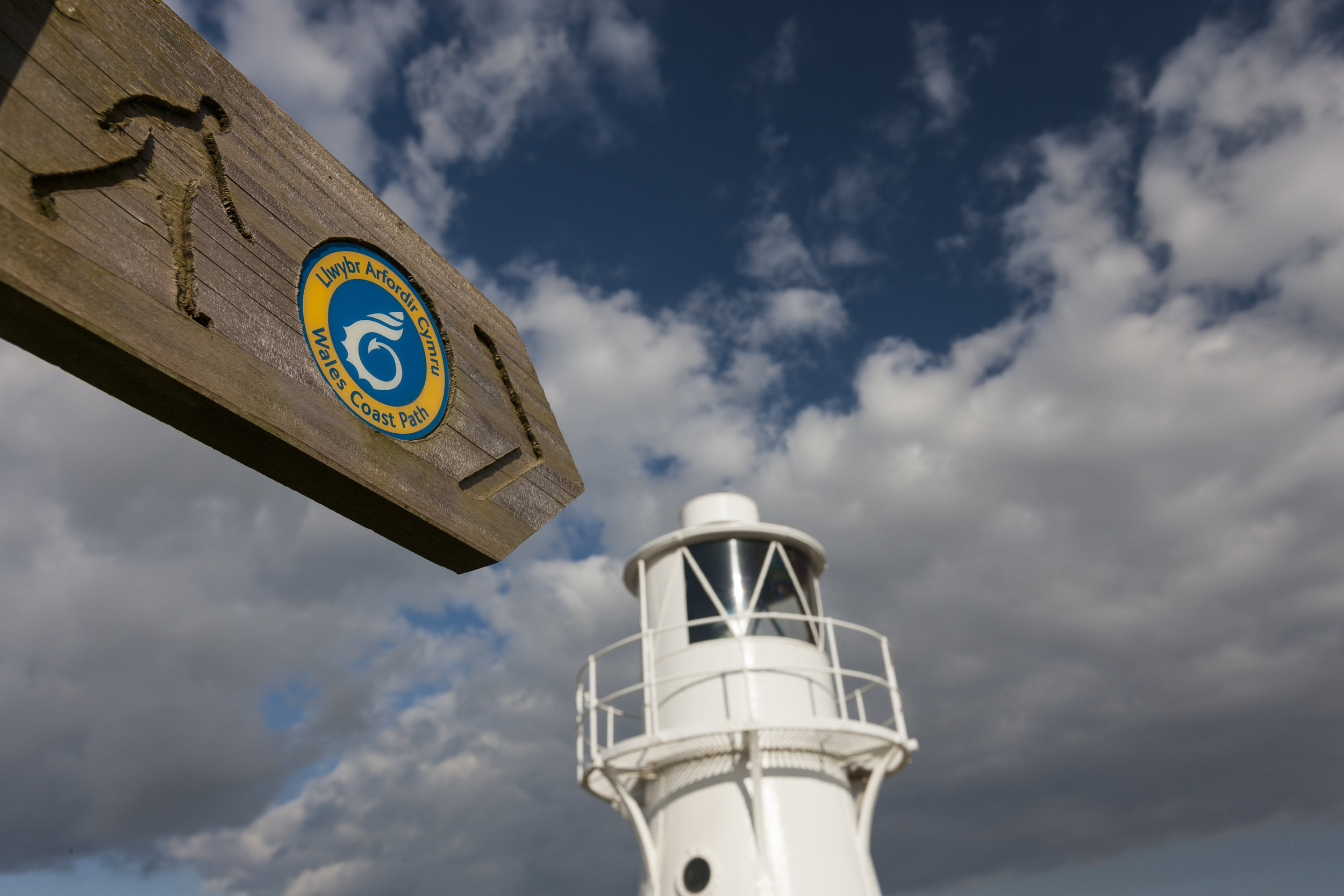
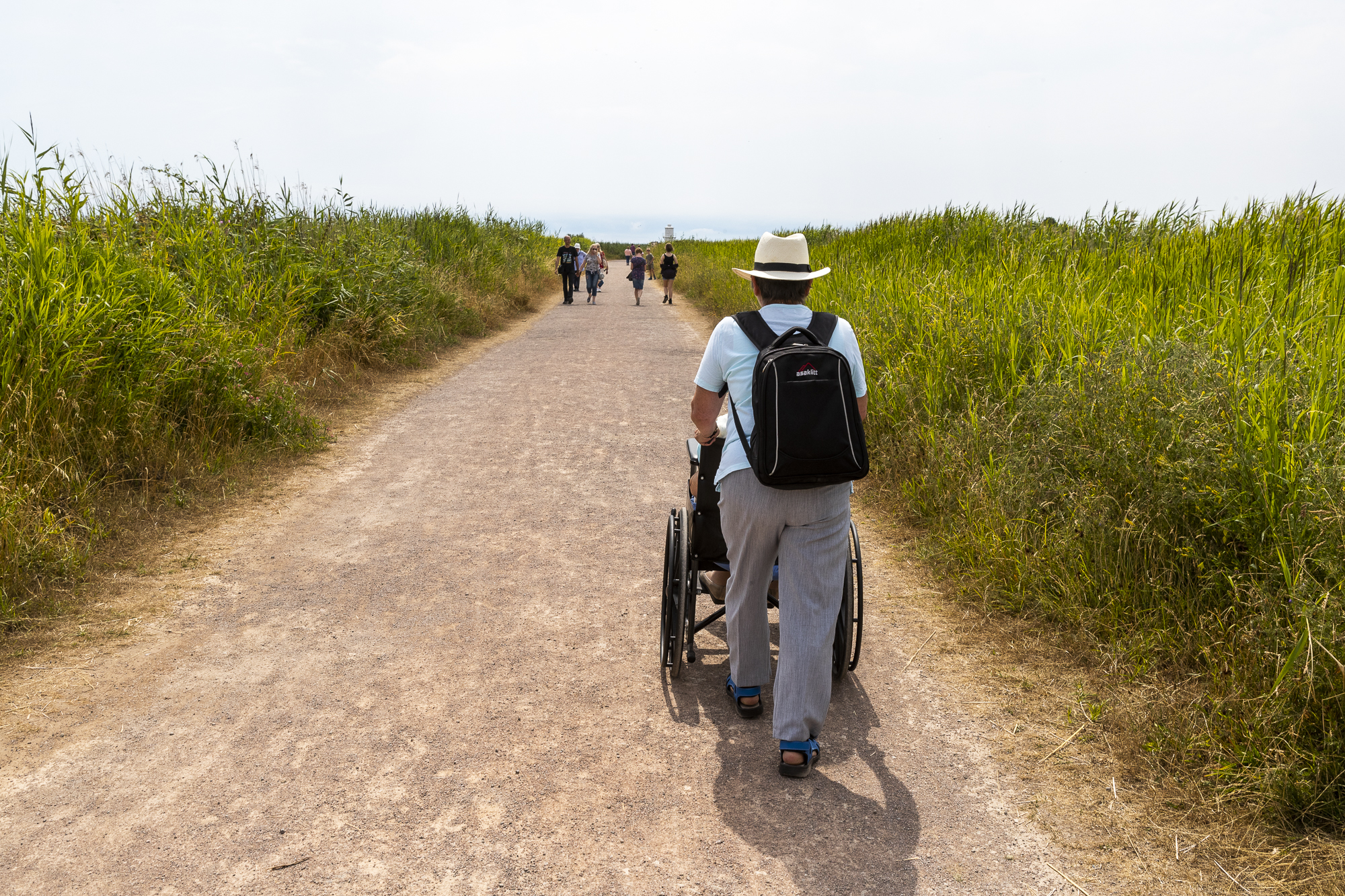







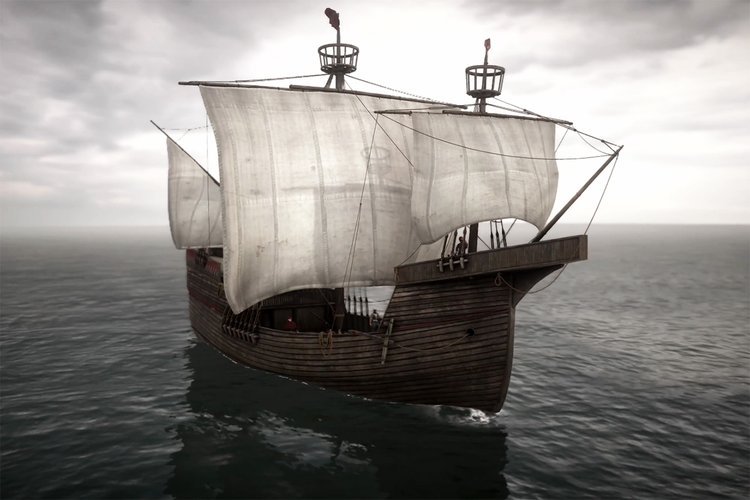






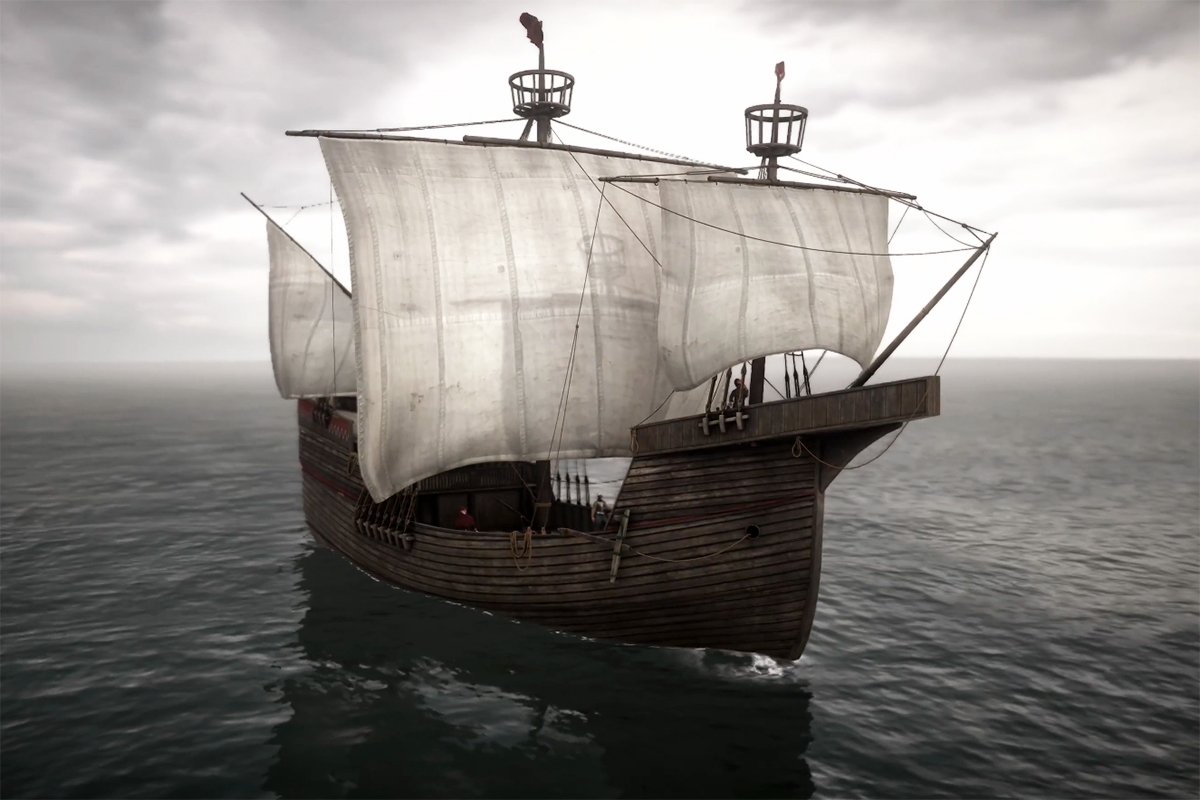






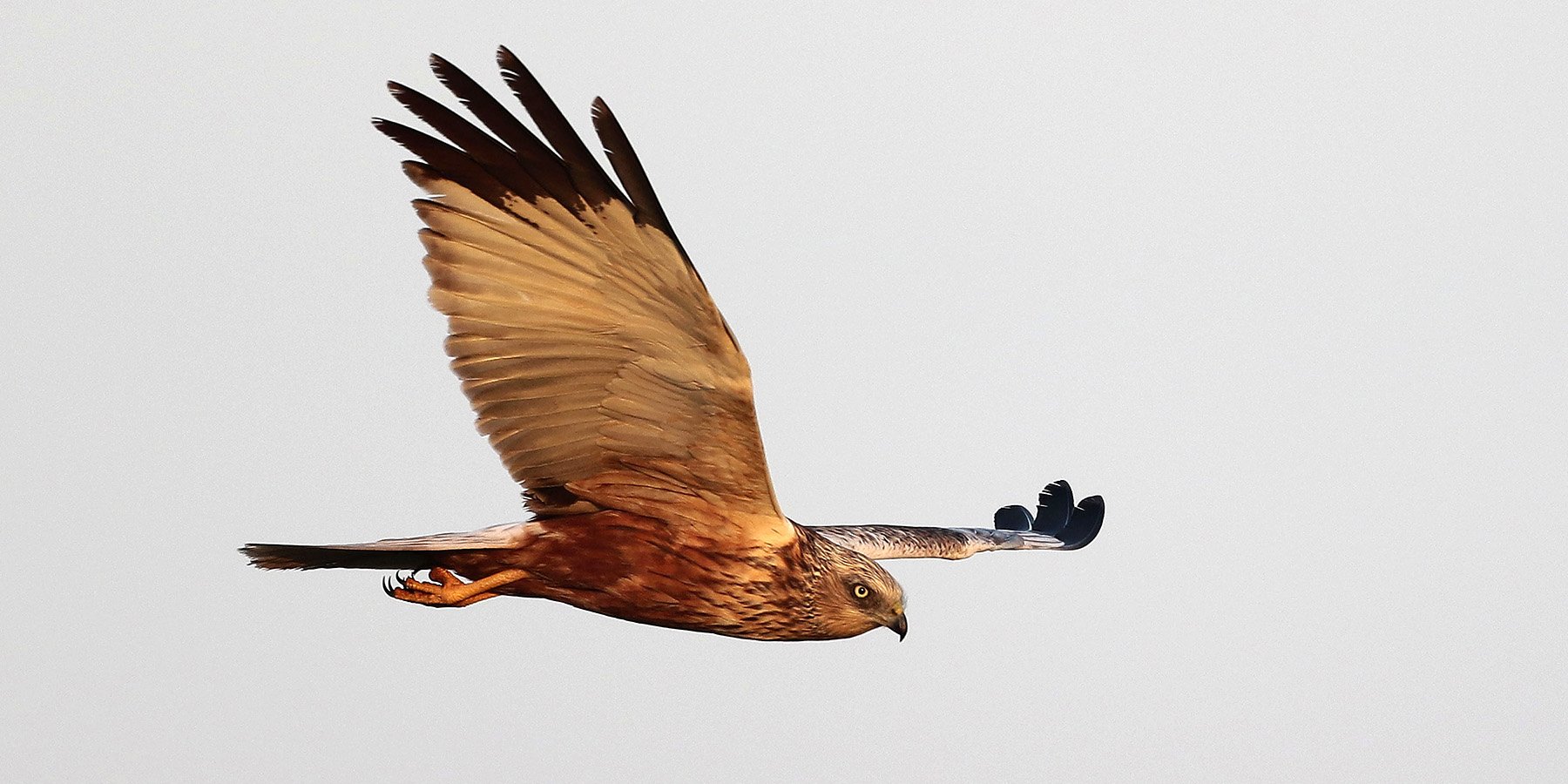




![Wesleyan Methodist chapel Castleton (Penny Gregson)[2].jpg](https://images.squarespace-cdn.com/content/v1/5a1d5fb38a02c70db7c34f81/fe4960cd-db68-469d-8411-f5e21327e383/Wesleyan+Methodist+chapel+Castleton+%28Penny+Gregson%29%5B2%5D.jpg)

